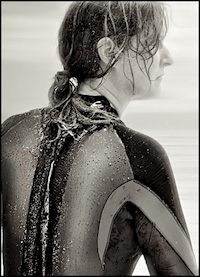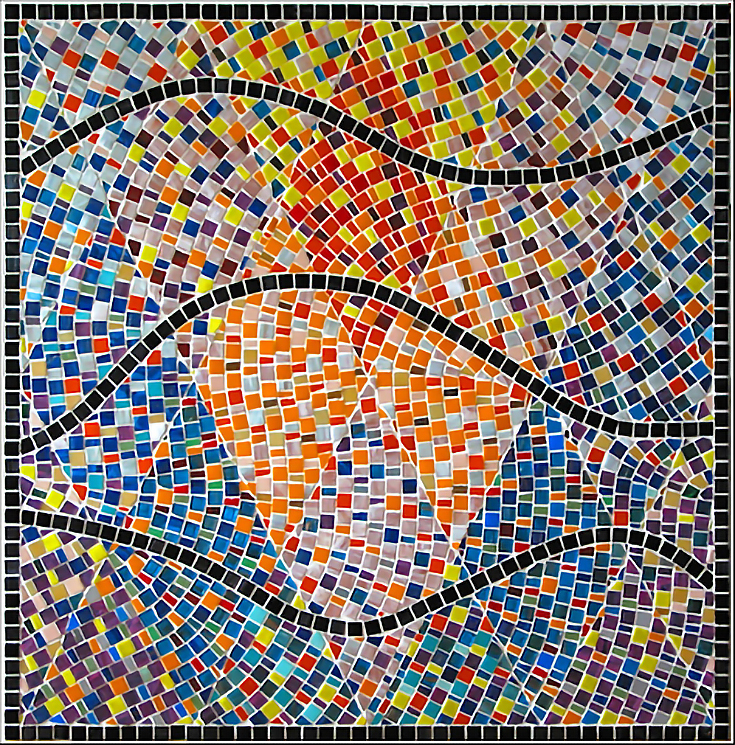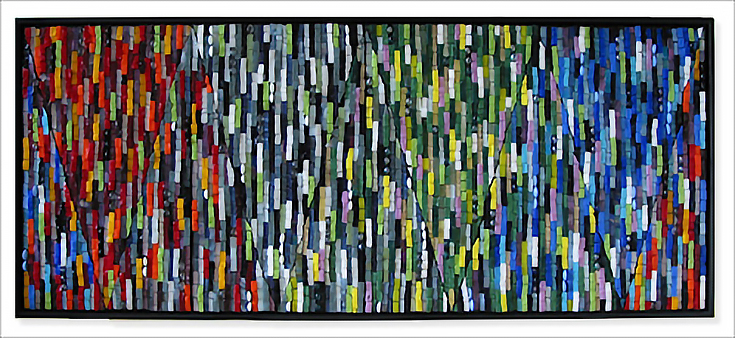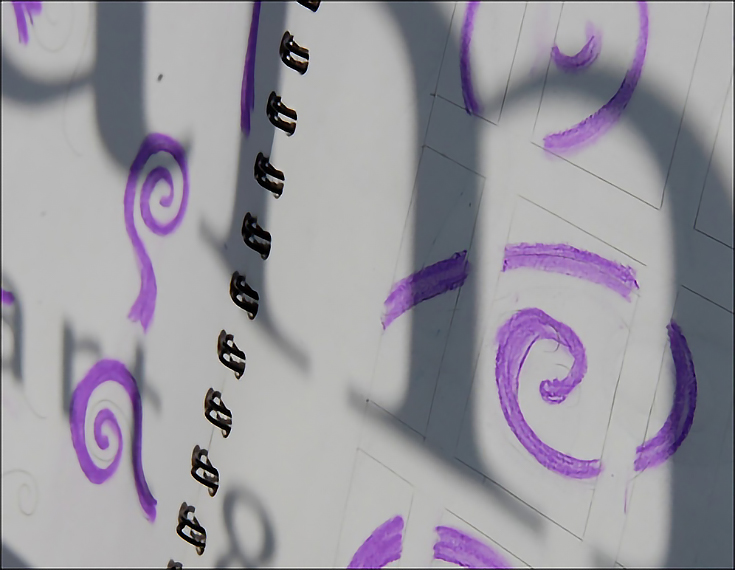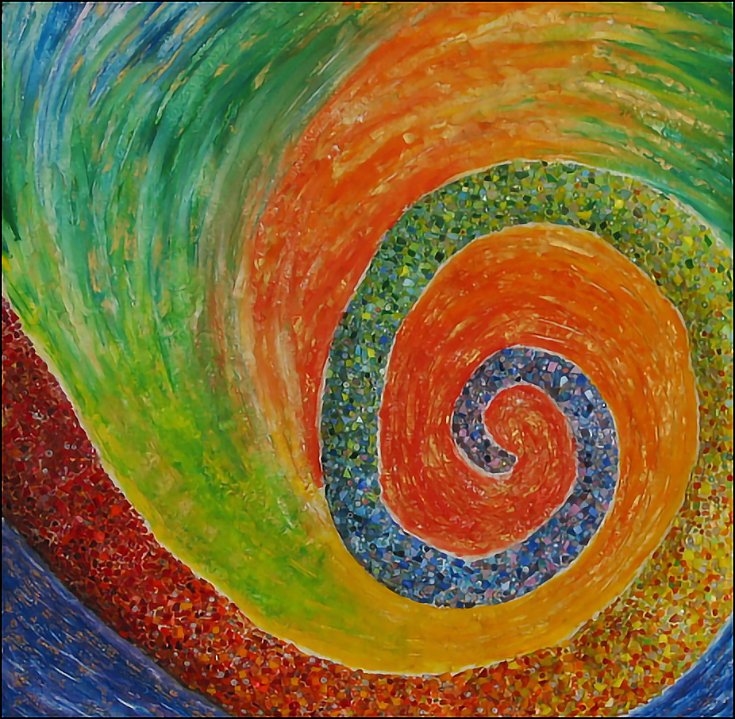Brit Hammer has a belief that we, as individuals, have “the ability to take life into our own hands and create something beautiful with it.”
That’s the message she conveys every single time she creates art, gives a speech, or writes a book. . . but it wasn’t always that way for her. Brit, like many of us, had to find herself before she could find her artistic voice, and that process took 25 years.
Join me to discover why Brit believes artists should trust their intuition more, and how she uses that intuition in her own mosaic art.
Alyice: How long have you been an artist?
Brit: Picasso once said, “All children are born artists. The problem is to remain an artist as we grow up.” I’ve learned that the only difference between an artist and a non-artist is that the artist declares that (s)he is an artist. . . I only declared myself an artist in 2002.
Alyice: How did you get started as an artist?
Brit: That’s a long story because it took me 25 years from the time the seed was first planted till it came to fruition. I saw glassblowing for the first time when I was eight years old, and four years later I saw my first glass mosaic—a pietra dura necklace.
In my teens I was exposed to a large number of European stained glass windows and fell in love with how they threw the light. Those and other seemingly disconnected events stayed with me, as did my love of architecture, even though at age 14 I chose to pursue a different path—the path my maternal grandmother wanted but did not take: fashion.
At 16 I apprenticed myself to my mother to learn pattern-making and couture techniques, which was really the beginning of my formal exploration of the sculptural qualities of a medium, and how one could manipulate those qualities to create something new.
While studying fashion and textile design I pushed my boundaries and put my heart into my theatrical and sculptural evening wear collection, Oceanic Fantasy, for which I won the annual student fashion show’s coveted Best Collection. What I discovered during that time was my interest in color, texture, light reflection and transparency as well as line, shape and form.
I graduated cum laude in 1991 and headed off into the fashion industry, but by 2000 I knew fashion was not where my heart was—I was living someone else’s dream.
By then I was 30, and in a huge leap of faith I quit my big-name job and went mountain hiking in New Zealand to figure out what I really wanted to do. While there I met a flying Dutchman, and six weeks after getting back to NYC I moved to Rotterdam to share life with him—it was the best thing I ever did!
Two years later the call to art was too strong to resist. It felt like a physical need, and the urge came in the form of wanting to create a large glass mosaic artwork. That’s how I started creating art, and it also gave birth to my company!
Alyice: How did you find your artistic voice?
Brit: Well, the first year and a half I was afraid to create. It might sound odd that a trained fashion and textile designer with awards to her name would be afraid, but I was. Mosaic was a new medium to me, and I was afraid that I might not create anything “good.” On top of that, before I even started I was told by a mystic how well-known my work would become, and it freaked me out!
So when my first artwork, “Hannah’s Rainbow,” got a lot of attention from the international mosaic community I shut down my creativity out of fear. In hindsight I was more afraid of success than of failure!
Once I’d gained enough confidence in myself and gotten past the fear—enough to continue, at least—I started experimenting. I had no idea what I was doing and so followed my own line of questions. (In my book, Mosaic: Finding Your Own Voice, I call it playing the “what happens if…?” game.)
Granted, while many artists develop their artistic styles over time, my trademark style came like a lightening bolt one morning as I was waking up. For a split second I saw a vision of that first artwork, titled The 4 Elements, in my mind’s eye. I had no idea how to make it!
It was daunting and frustrating, but during the making of that piece I discovered that the lessons learned while designing textiles and fashion could be applied to mosaics. It was one my many ah-ha moments.
So I kept asking questions and exploring the answers that came to me, which was really learning to trust my intuition. Eventually I’d created a sizable body of art in the same style. Hindsight being 20/20, only years later did I see how the art that came through me reflects my philosophy of life. My artistic voice was there all along, I just had to let it out!
Alyice: What is your process like for coming up with and designing your mosaics?
Brit: Being a colorist, I usually start from the point of color although sometimes I begin with a shape, or a movement (I danced ballet for almost 12 years).
I ask myself what colors I’m “feeling” and then sit down to doodle or to color with pastel pencils, the colors of which I can smudge with my fingers. If I don’t feel like doing that I’ll leaf through my sketchbooks to see if anything speaks to me. I only work when I feel like it because I work intuitively. I learned the hard way that my creativity must be honored and cherished, not forced.
Alyice: In your opinion, what makes a good mosaic composition?
Brit: Mosaic is a very precise art form with certain rules that dictate the flow and shape of the tiles. Design, too, has particular rules about what makes a composition technically “good,” which I explain in Mosaic: Finding Your Own Voice.
That said, I look at art through my heart, not my head, so a technically perfect artwork devoid of soul is just not interesting to me. The artworks that I find beautiful are the ones that come through the artist’s heart from his or her soul, and which resonate with my world view, that life is beautiful.
Art is very personal because the arts are all languages of emotion. That’s why not everyone “gets” all art—they’re just not on the same wavelength!
Alyice: With art being so subjective, how you handle the negative criticism, especially when it hurts deep down within your soul?
Brit: Everything we send out comes back to us, so once I learned to trust myself, I stopped sending out and attracting doubt.
Walking the path of the artist taught me everything I need to know about Life: to trust myself completely, to trust my intuition and all the steps I take, and that I simply cannot make a mistake. Ever.
(You can read more detailed thoughts on this subject, here.)
Alyice: If you could tell other artists one thing, what would it be?
Brit: Just be yourself. Listen to your heart and create from there. There is no need to look at what others are doing, so start following yourself. You cannot BE anyone but yourself. Relax and let your art come from within, from the heart, which is where inspired art comes from.
You can visit Brit Hammer online at www.BritHammer.com.
This post may contain affiliate links.
